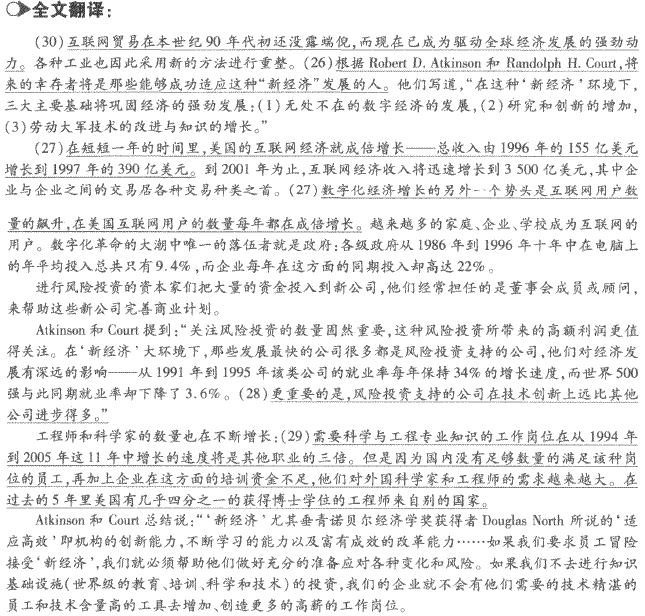There's a new cafeteria at the corner. How about going there for supper? ()
第1题:
A. the stationer’s
B.a department store
C.a hardware shop
D.a cafeteria
答案:B
解析:句意为:卷笔刀可以在()买到。stationor意为“文具店”,department store意为“百货公司”,hardware shop意为“五金店”,cafeteria意为“自助餐厅”,A选项stationor加所有格表示“文具店的”,所以答案选B。
第2题:
下列语句能给数组赋值而不使用for循环的是
A.myArray{[1]="One";[2]="Two";[3]="Three";}
B.String s[5]=new String[]{"Zero", "One", "Two", "There", "Four"};
C.String s[]=new String[]{"Zero", "One", "Two", "There", "Four"};
D.String s[]=new String[]=|"Zero", "One", "Two", "There", "Four"};
第3题:
下列Application程序中,指定as为字符串数组类型,先创建一个HashSet对象并赋值,然后在屏幕输出s,请将程序补充完整。
import java.util.*;
public class test17_1{
public static void main(String[] args){
__________s=new HashSet();
s.add("Hello");
s.add("World");
s.add(new Character('我'));
s.add(new Integer(23));
s.add("Hello");
__________as={"W","o","r","1","d"};
s.add(as);
s.add(null);
s.add(new Integer(23));
s.add(null);
System.out.println(__________);
第4题:
A suitable title for this text might be( )
[A] How to Develop U.S. Economy
[B] The Relation between American Industry and New Economy
[C]Digital Engine Powers New Economy
[D] Our New Policy on Economy


第5题:
下列语句输出结果为( )。 public class test { public static void main(StringArgsl[]) { String s1=new String("How"); String s2=new String("How"); System.out.println(!(s1==s2)); } }
A.false
B.true
C.1
D.0
第6题:
下列程序段: String s1=new String("How"); String s2=new String("How"); System.out.println(!(s1==s2)); 的结果为
A.false
B.true
C.1
D.0
第7题:
写出程序运行的结果
Public class Base
Public virtual string Hello() {return “Base”;}
Public class Sub:Base
Public override string Hello() {return “Sub”;}
1. Base b = new Base(); b.Hello;
2. Sub s = new Sub(); s.Hello;
3. Base b = new Sub (); b.Hello;
4. Sub s = new Base(); s.Hello;
第8题:
A.a new one
B.an new one
C.the new one
D.one new
第9题:
下列语句能给数组赋值,而不使用for循环的是
A.myArray{[1]="One";[2]="Two";[3]="Three";}
B.String s[5]=new String[] {"Zero","One","Two","Three","Four"};
C.String s[]=new String[] {"Zero","One","Two","Three","Four"};
D.String s[]=new String[]= {"Zero","One","Two","Three","Four"};
第10题:
public class TestString3 { public static void main(String[] args) { // insert code here System.out.println(s); } } Which two code fragments, inserted independently at line 3, generate the output 4247?()